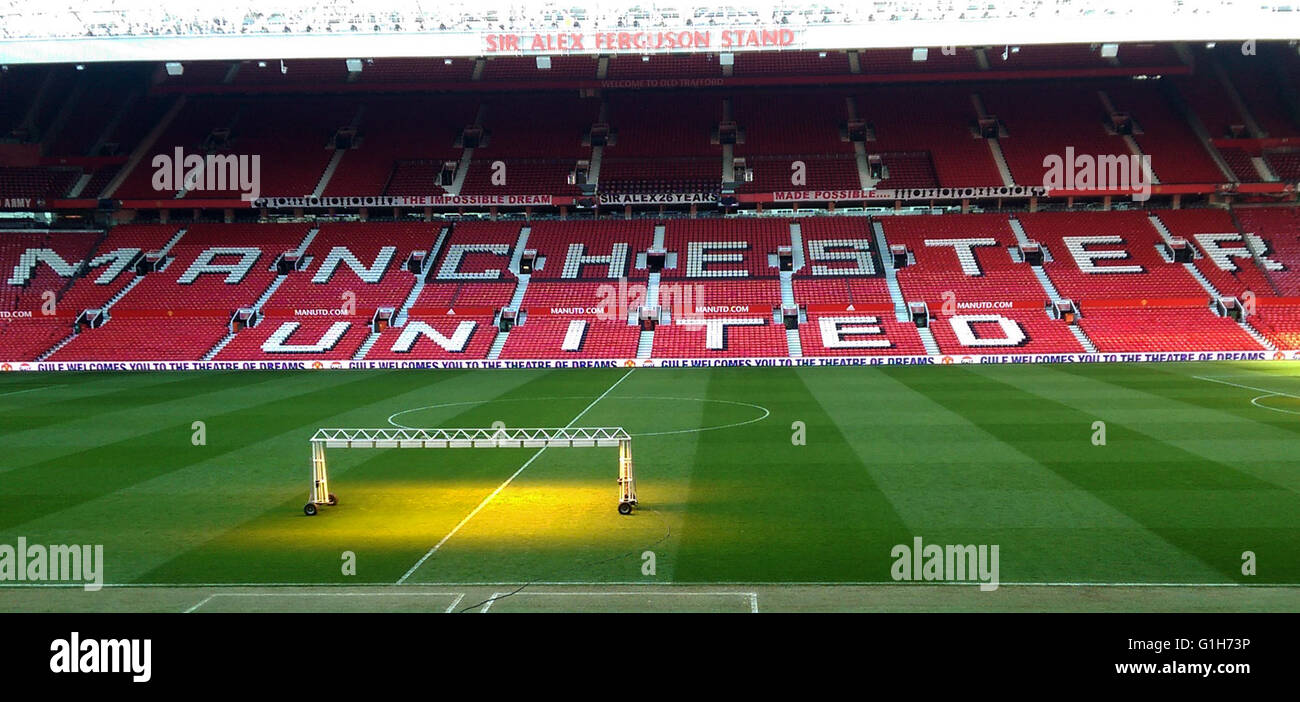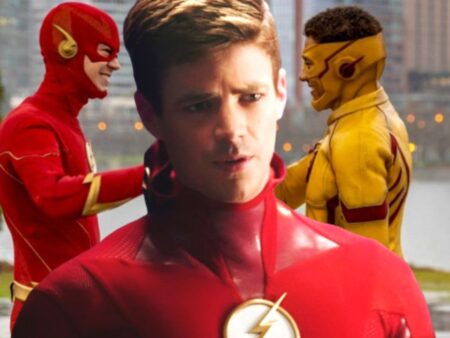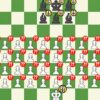
In a Premier League fixture that promised an afternoon of high-stakes drama and tactical intrigue, the clash between Manchester United and Chelsea delivered chaos, confusion, and ultimately, an unexpected dose of tedium. While the scoreboard read 2-1 in favor of the Red Devils, the real story unfolded not just in goals, but in a peculiar tactical evolution that transformed a tempestuous first half into a remarkably inert second. This was a match that began with a bang and ended with a whimper, a testament to how quickly managerial decisions can deflate even the most explosive starts.
An Opening Salvo of Mayhem
The anticipation surrounding Chelsea’s visit to Old Trafford was palpable, fueled by the narrative of both teams navigating challenging periods. What transpired in the initial minutes, however, transcended mere anticipation, plunging the game into an almost farcical sequence of events. Barely five minutes had elapsed when Chelsea goalkeeper Robert Sanchez was shown a red card for a challenge on Benjamin Sesko, immediately reshaping the contest into a ten-man uphill battle for the visitors. One might have expected Chelsea to buckle, and initially, they seemed to oblige.
Manchester United capitalised on their numerical advantage with a brisk efficiency, slotting home two goals courtesy of Bruno Fernandes and Casemiro by the 37th minute. The joyous roar that accompanied each strike echoed the narrative that seemed to be unfolding: a dominant United performance, a beleaguered Chelsea. Adding to Chelsea`s woes, Cole Palmer, a vital attacking outlet, was forced off due to a suspected groin injury. The stage was set for a comfortable United victory, or so it seemed. Football, however, often delights in defying expectations.
Just before the halftime whistle, the game took another bewildering turn. Casemiro, the architect of United’s second goal, received his second yellow card, levelling the playing field to ten men versus ten. What began as a contest with a clear numerical imbalance had morphed into an even fight, promising a second half brimming with competitive fervor. Fans settled in, expecting a tactical chess match, perhaps even a chaotic, end-to-end spectacle. Little did they know, the spectacle had already peaked.
The Architects of Anti-Climax: Managerial Conundrums
The first half had offered a smorgasbord of dramatic incidents, but the second half would offer a masterclass in tactical conservatism, largely driven by the choices made on the touchlines. Chelsea`s manager, Enzo Maresca, faced the immediate challenge of his goalkeeper`s dismissal. His response was decisive, if somewhat perplexing. To accommodate backup keeper Filip Jorgensen, Maresca opted to remove both of his wide attackers, Estevao and Pedro Neto, bringing on center-back Tosin Adarabioyo. The intention, presumably, was to fortify a suddenly vulnerable defense. The irony, however, was that this hyper-defensive posture, while numerically sound, neutered Chelsea`s attacking ambitions almost entirely.
This “overly practical decision” from Maresca proved costly. Despite being level in manpower for the entire second half, Chelsea registered a staggering 71.2% possession but managed only three shots, accumulating a meager 0.34 expected goals. Their control of the ball translated into a control of the tempo, but not of the opposition`s goalmouth. It was a possession-based game without penetration, a slow dance without a climax. Even Trevoh Chalobah’s 80th-minute goal, which offered a fleeting glimmer of hope, felt like an anomaly rather than a genuine shift in momentum.
Manchester United`s manager, too, found his side’s performance under scrutiny. While an unexpected victory against a traditional rival is always welcome, the Red Devils’ display, particularly after Casemiro’s departure, did little to quell lingering concerns about their overall suitability for the top flight. United, despite their surprisingly improved attacking statistics this season, managed only two shots and 0.31 expected goals in the entire second half. Their vulnerable defense, which had often been a point of contention, rode its luck, barely tested by Chelsea’s toothless assault. The win, while valuable, felt less like a triumph of strategy and more like an escape from a tactical stalemate.
A Second Half Redefining “Uninspired”
The post-intermission period descended into a slog, a stark contrast to the thrilling opening. What should have been a captivating 10 vs 10 battle became a tedious exhibition of cautious ball retention and defensive rigidity. Chelsea passed the ball, United watched, and the game meandered. The expected surge from Chelsea, fueled by their numerical equality, never materialized into anything genuinely threatening. Similarly, United, now shorn of their midfield general, seemed content to hold what they had, offering little in the way of counter-attacking verve.
This match served as a stark reminder that sometimes, too much tactical pragmatism can strip football of its very essence: excitement. The early drama had promised a memorable encounter; the subsequent managerial choices conspired to deliver a forgettable second half. For Manchester United, it was an unexpected victory, another week of breathing room for their manager, yet one that did little to inspire confidence in the team`s long-term trajectory. For Chelsea, it was another concerning performance, particularly their offensive struggles, painting them as an underwhelming contender despite their Club World Cup pedigree.
The Aftermath: Questions Lingering in the Air
As the final whistle blew, sealing United`s 2-1 win, the feeling wasn`t one of exhilaration, but rather a quiet bewilderment. How could a game so dramatically initiated, with two red cards and three goals in the first half, lead to such a tepid conclusion? The answer lies in the choices made in the dugout. Both managers, perhaps driven by an abundance of caution or a perceived need to control the chaos, opted for strategies that prioritized stability over spectacle. In doing so, they inadvertently created a second half that will be remembered more for its lack of incident than for any tactical brilliance.
The match will be etched in memory as a curious anomaly: a game where the most exciting moments occurred before halftime, and the opportunity for a truly gripping contest, once presented by the symmetry of ten men on each side, was unfortunately squandered. It leaves both clubs with significant questions: United about their overall performance even in victory, and Chelsea about their attacking impotence, especially when faced with adversity. A win is a win, but some victories offer more food for thought than celebration.










